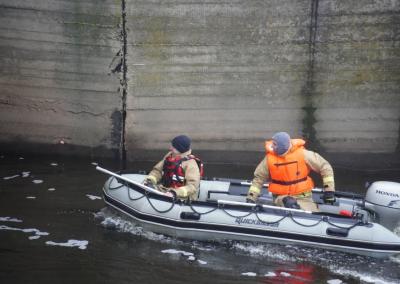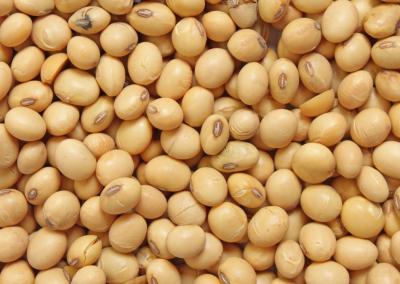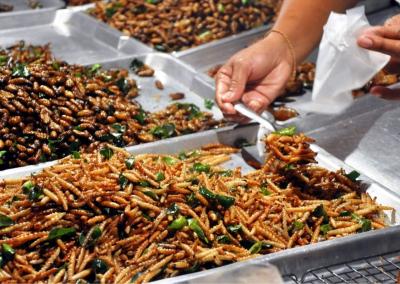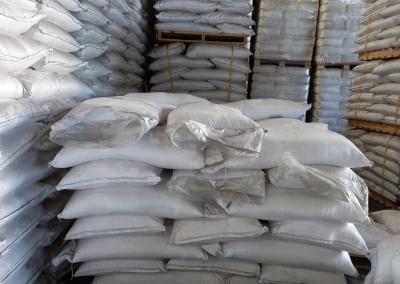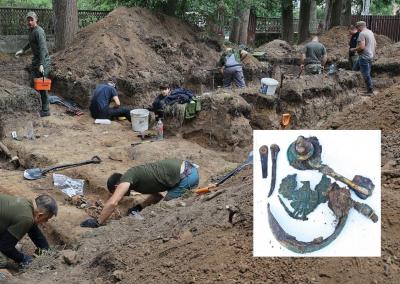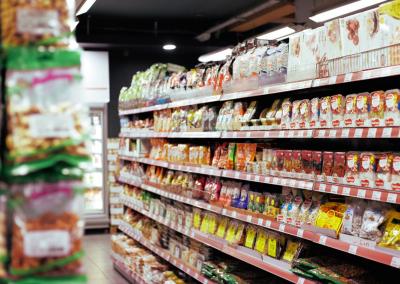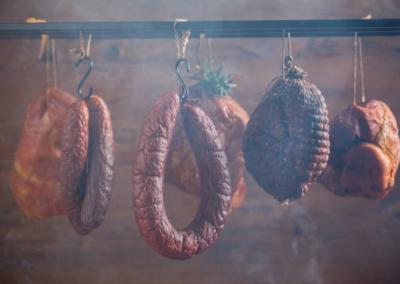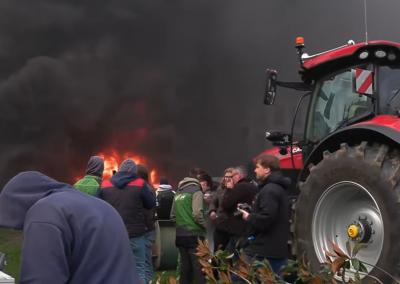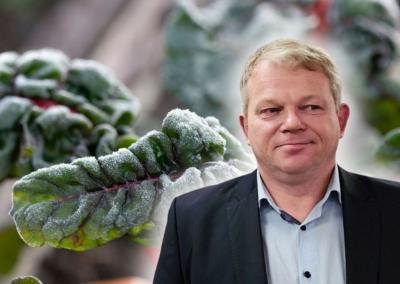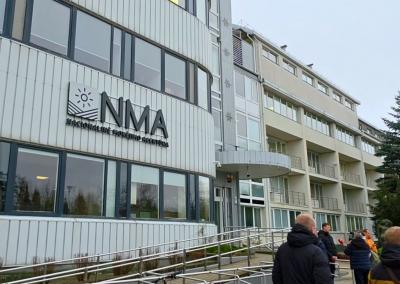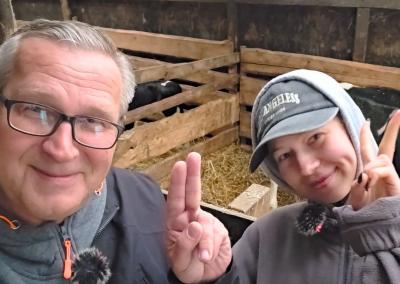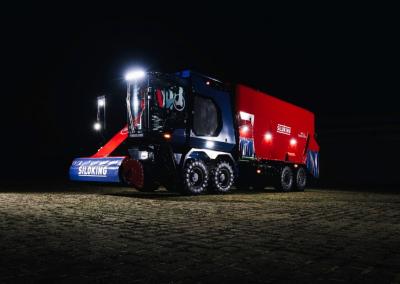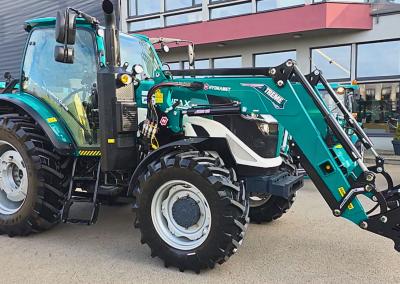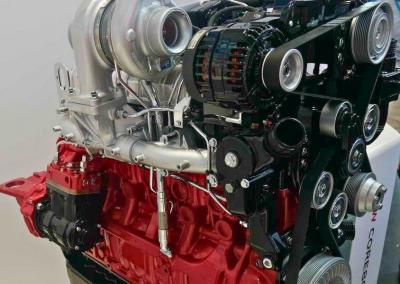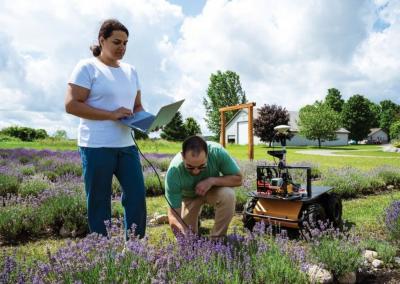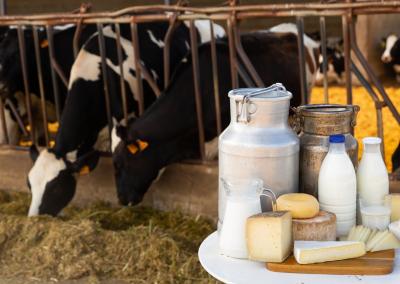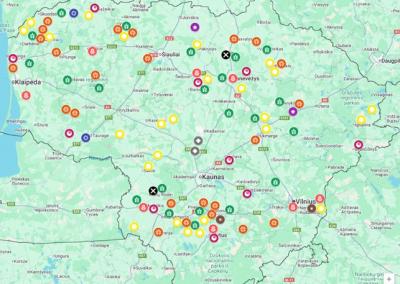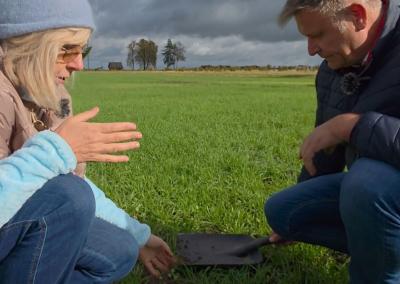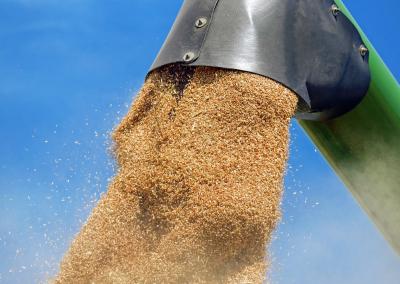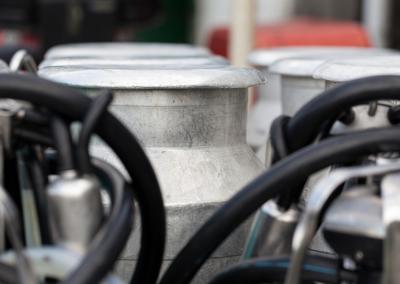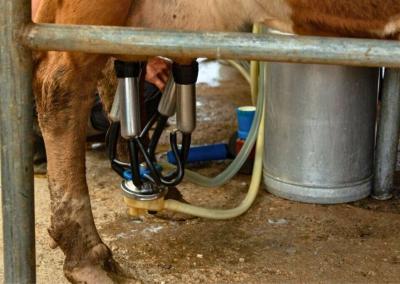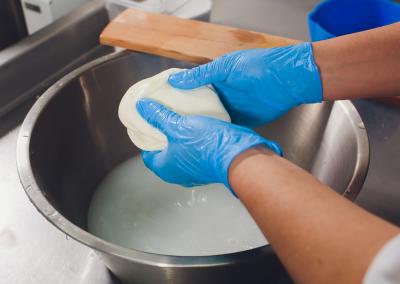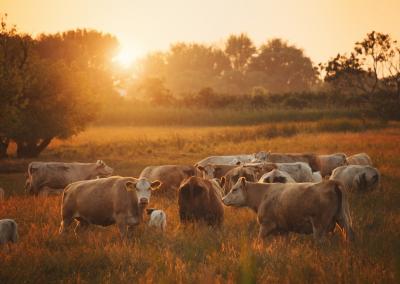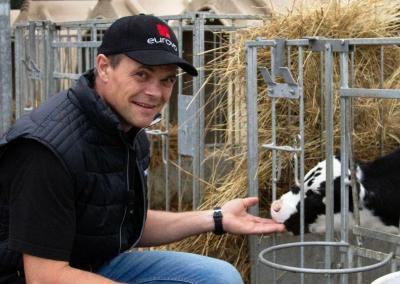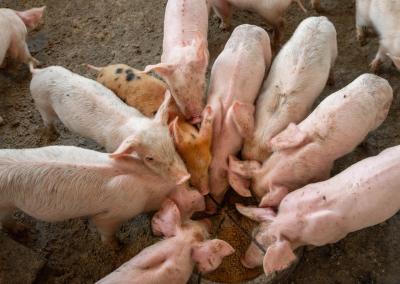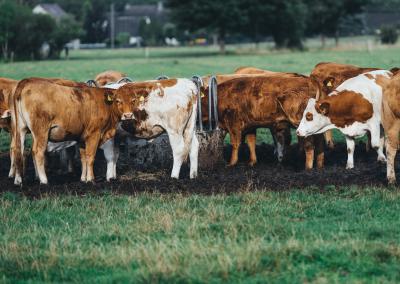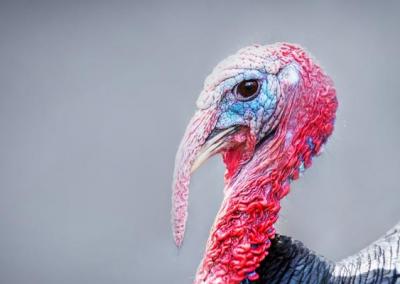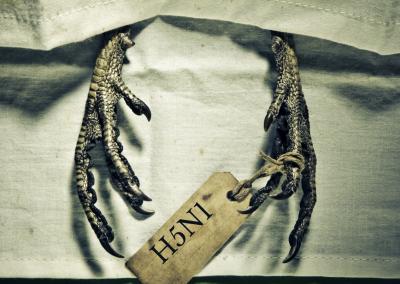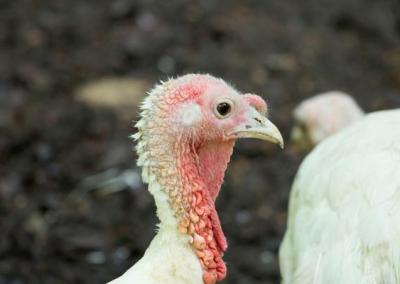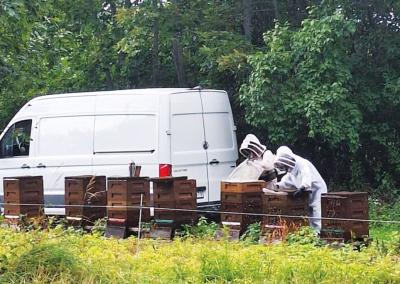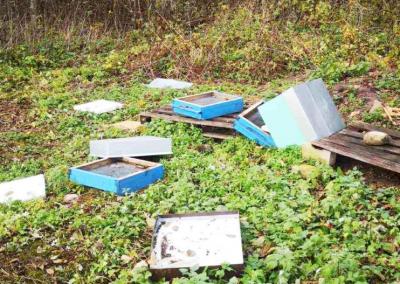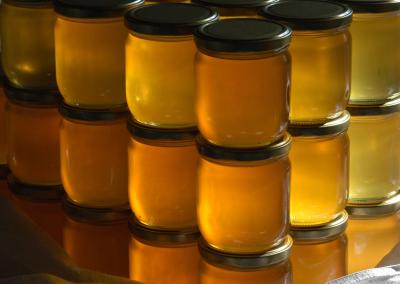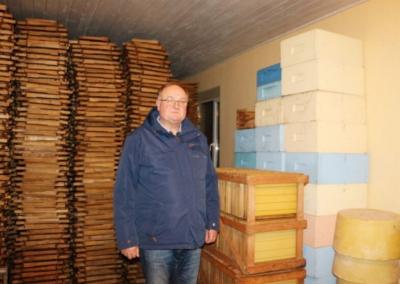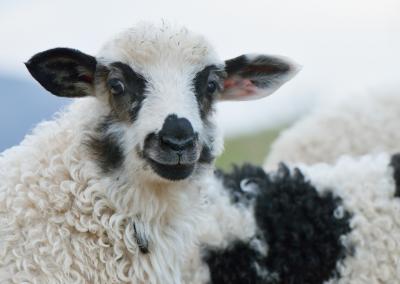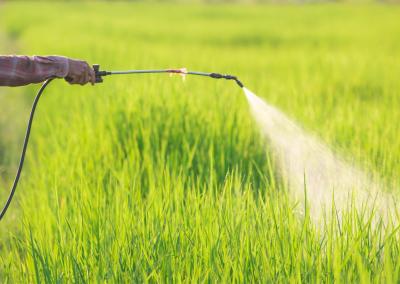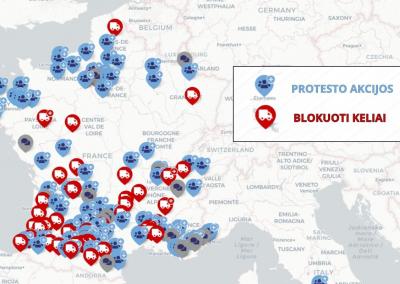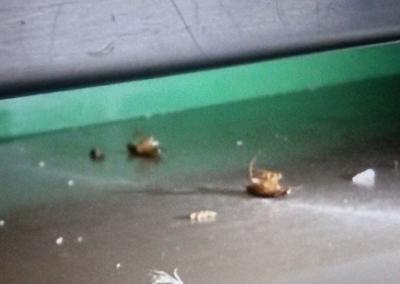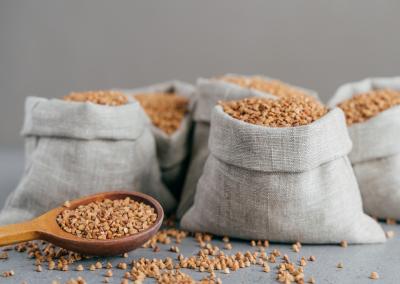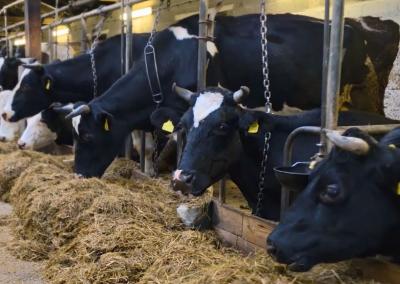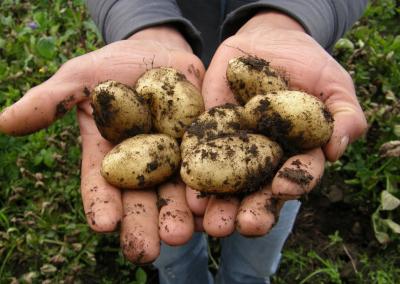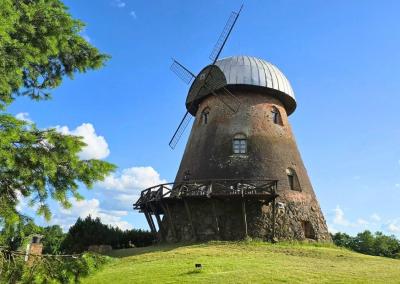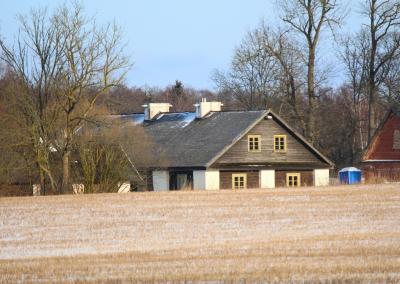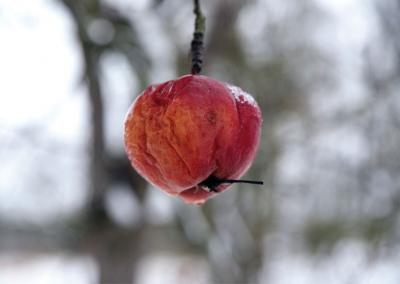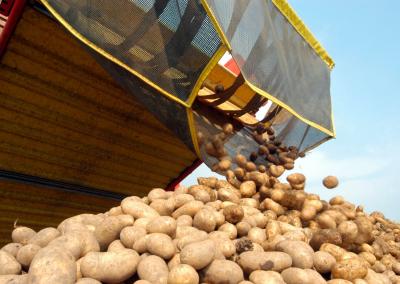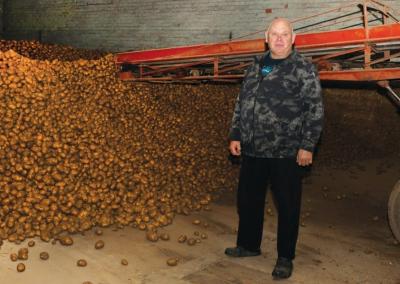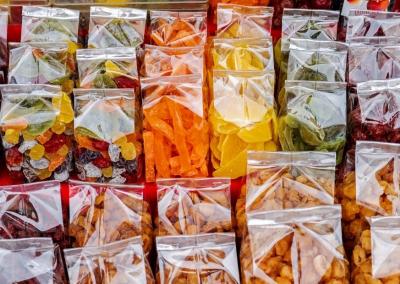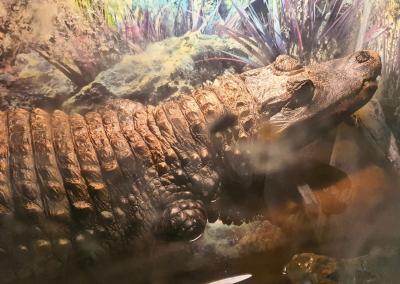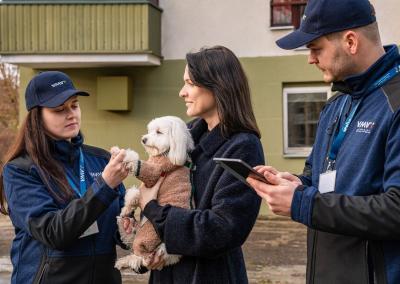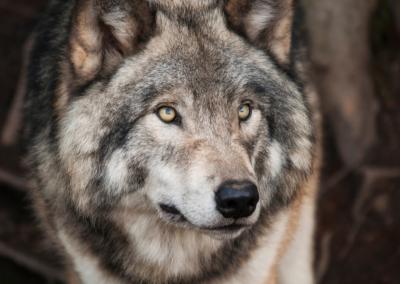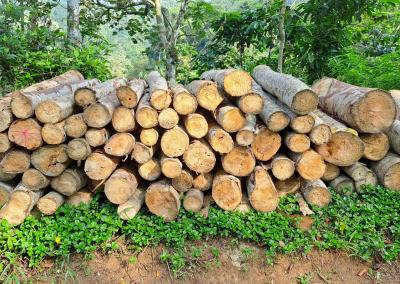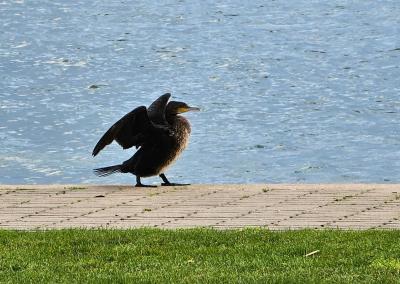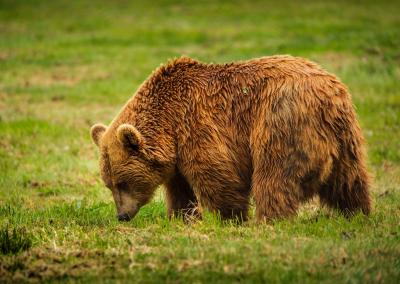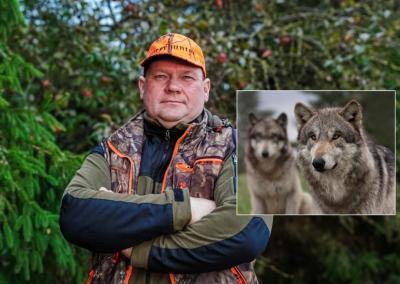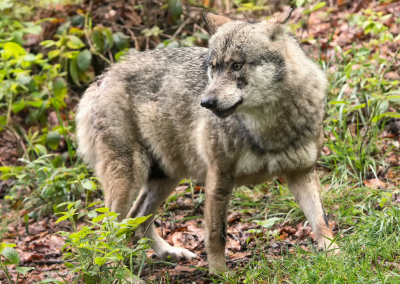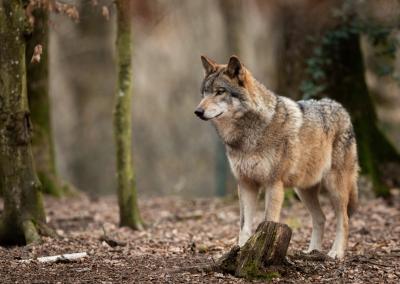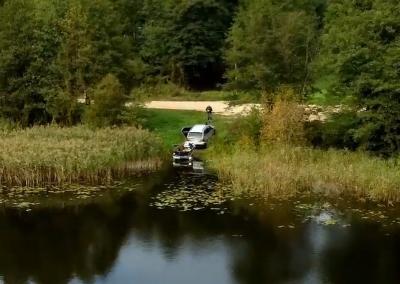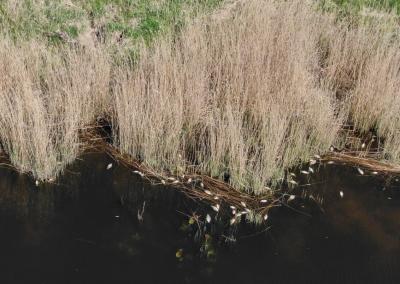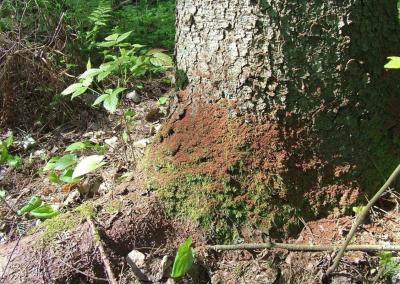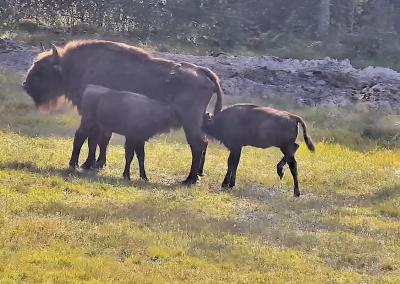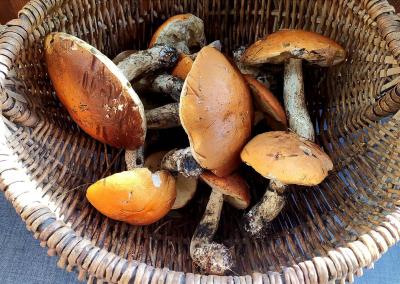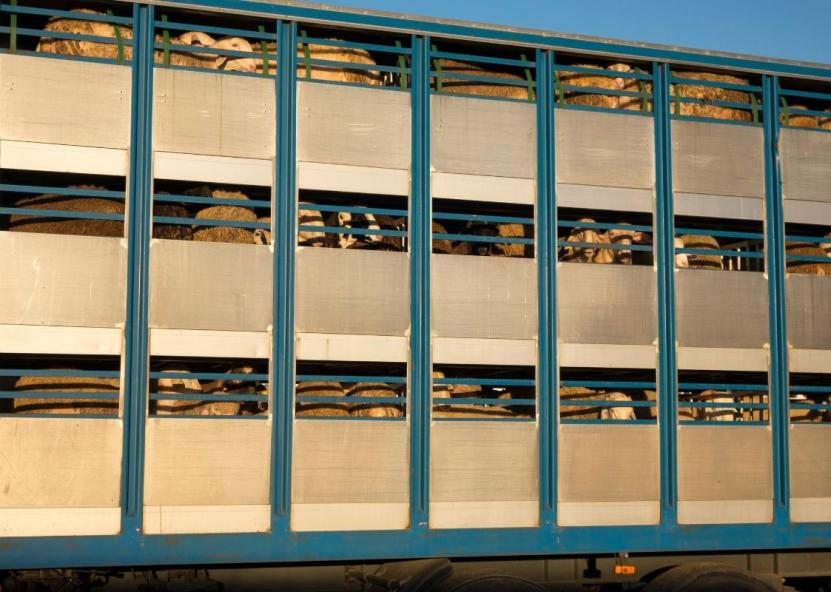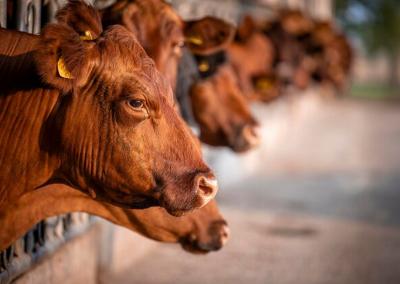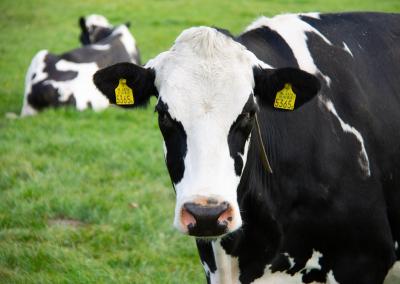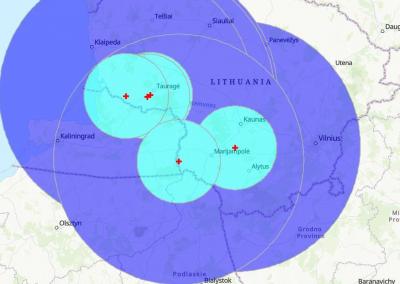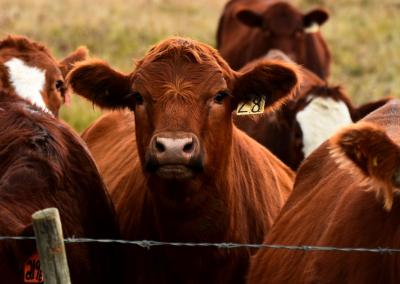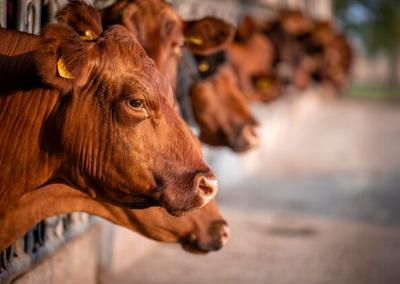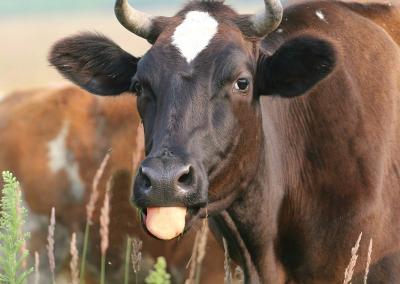New requirements for the transport of animals due to bluetongue
The State Food and Veterinary Service (SFVT) organised a remote public consultation, which was joined by about 400 participants - farmers, animal transporters, representatives of breeders' associations and other social partners - invited to get an update on the current situation of bluetongue (BTL) in Lithuania. The meeting discussed the control measures in place and the additional requirements for the transport of livestock following the confirmation of MLD in Lithuanian cattle farms and the identification of the outbreak agent, serotype 3.
Lithuania, until now an FMD-free country, lost this status on 13 October. Following the confirmation of MLD by the EU Reference Laboratory, a 150 km exclusion zone has been established to prevent the spread of the disease – this covers almost the entire territory of Lithuania. This means that the whole country has been declared affected by the MLL virus.
„The country's status may change after two years of active surveillance. If no new cases are detected during this period, Lithuania may regain its MLL virus-free status," said the country's Chief Veterinarian Vaidotas Kiudulas.
Blue tongue disease spread and prevention
Dr. Alvydas Malakauskas of the Animal Health Unit of the VMVT reminded that MLD is a viral disease of ruminants spread by blood-sucking lice (Latin: Culicoides), which are only a few millimetres in size. It is likely that the virus that causes the disease came to Lithuania from the Polish side, possibly from the Kaliningrad region, where cases or suspicions of the virus have also been reported recently.
The activity of the Culicoides family depends on temperature and humidity, so that when the air temperature in Lithuania is below 5°C, the aphids are inactive, and when it is above 5°C, the aphids are active. However, when the air temperature drops below 12 °C, the risk of spreading the virus decreases. It is difficult to assess at this stage whether the active period of the hookworm is really over.
MLL can cause a range of reproductive losses, from embryonic death to weak offspring or malformations. Infection can occur in both domestic and wild ruminants. Sheep and cattle can be affected without obvious clinical symptoms, but the most common signs observed are apathy, wounds on the mucous membranes of the mouth and foot, the appearance of a slight limp or reduced milk yield. Importantly, the performance and health of future offspring in sheep and cattle will depend on whether the animals have been infected and whether they become infected during the mating or post-mating period in September and November.
Lithuania is distinguished from other European countries where MLL serotype 3 has been identified by the fact that in our country the disease occurs without clinical symptoms and mortality, or it is not observed or reported. Vaccination should be carried out after assessing the risk of contracting MLL.Preventive measures to prevent the disease include keeping susceptible livestock indoors with ventilation, the use of repellents and synthetic pyrethroids, and the disposal of manure and standing water. Experience in other European countries has shown that vaccination against MLL serotype 3 is the most cost-effective means of preventing the disease and the losses it causes. MLL virus does not pose a risk to human health.
New requirements for transport of animals
Egidijus Mecelis, Head of the Animal Health Unit, presented the latest requirements for the movement of animals susceptible to MLD from Lithuania to other EU countries for further keeping or breeding. In EU countries affected by MLD, trade is carried out in accordance with national requirements, which have now been somewhat simplified, and it is likely that in the future, trade in animals between countries will be carried out under the control of individual MLD virus serotypes.
In Lithuania, animals susceptible to MLD can be moved without restrictions, except on holdings where the disease has been confirmed. Domestic movements for slaughter are not restricted, but special authorisation from the HMA is required for farms affected by outbreaks.
The following conditions must be fulfilled in order to transport animals to other EU countries for slaughter:
• the holding of origin has been free from MLL infection for at least 30 days prior to the movement;
the animals are transported directly from the country of origin to the slaughterhouse of destination and slaughtered within 24 hours;&bull
• the operator of the slaughterhouse of destination shall be informed of the arrival at least 48 hours before the animals are loaded on to the transport vehicle.
The requirements for intra-EU movements of animals between countries are regularly updated on the European Commission website, and it is therefore recommended that the information is first consulted on a case-by-case basis – Bluetongue - Food Safety - European Commission.

